Guide to Adopting Rescue Hens
If you’re considering adding some feathered friends to your family, adopting rescue hens can be a fulfilling and compassionate choice.
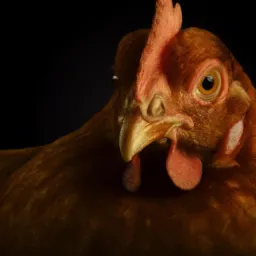
This comprehensive guide provides valuable insights into the world of hen rescue, offering practical tips and advice on how to navigate the process successfully.
From understanding the benefits of adoption to creating a nurturing environment for these lovely creatures, you’ll gain the knowledge and understanding needed to embark on this heartwarming journey of giving these hens a second chance at a happy, fulfilling life.
Guide to Adopting Rescue Hens
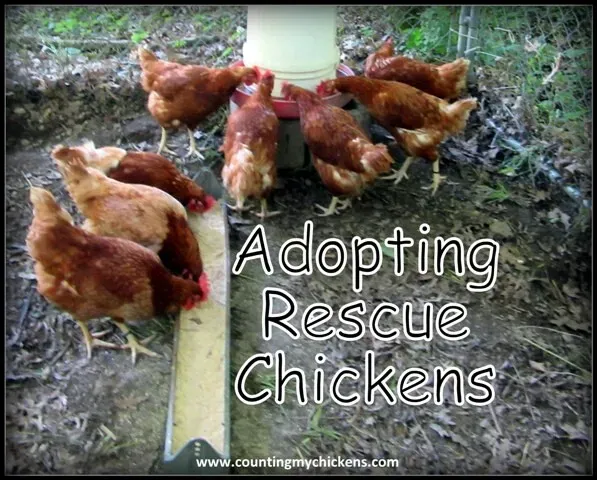
This image is property of www.countingmychickens.com.
Understanding the Importance of Hen Rescue
Adopting rescue hens is not only a rewarding experience but also a way to make a significant difference in the lives of these beautiful creatures.
Hen rescue organizations exist to save hens from various situations such as factory farms, egg-laying facilities, or backyard environments where they were mistreated or neglected.
By adopting rescue hens, you play a crucial role in giving them a second chance at a happy and fulfilling life.
Researching Local Rescue Organizations
Before embarking on your hen adoption journey, it is essential to research and identify local rescue organizations that specialize in hen rescue.
These organizations are dedicated to providing safe havens and finding loving homes for hens in need.
Take the time to read about each organization’s mission, values, and adoption processes.
You can also reach out to friends, neighbors, or fellow hen enthusiasts to gather recommendations or personal experiences with different rescue organizations.
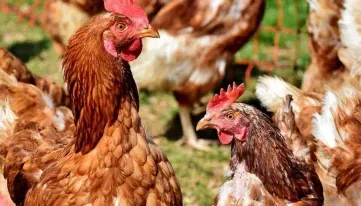
This image is the property of cdn11.bigcommerce.com.
Preparing Your Home for Hen Adoption
Hen adoption necessitates a certain level of preparation to ensure that your home is a safe and suitable environment for these lovely creatures.
Start by setting up a spacious and secure hen coop in your backyard.
The coop should have sufficient space for the number of hens you plan to adopt, perches for roosting, nest boxes for laying eggs, and proper ventilation.
Additionally, ensure that your yard is fenced or enclosed to protect the hens from potential predators.
Choosing the Right Number of Hens to Adopt
Deciding how many hens to adopt depends on several factors, such as the size of your backyard and the resources you can allocate for their care.
Hens are social animals, so it is generally recommended to adopt at least two or three rather than a single hen.
Having companionship helps to promote their well-being and reduces the likelihood of loneliness or stress.
See also Build Your Own Chicken Coop in No Time With These Easy-to-Follow Blueprints
However, make sure you do not overcrowd the coop as it could lead to unnecessary aggression or health issues.
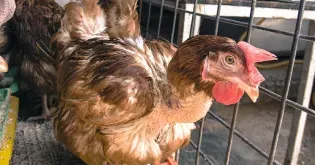
This image is property of thegardenmagazine.com.
Coordinating with the Rescue Organization
Once you have selected a rescue organization and determined the number of hens you wish to adopt, it is time to coordinate with the organization to initiate the adoption process.
Contact them and express your interest in adopting rescue hens.
The organization will likely require you to fill out an adoption application, which may involve questions about your experience with hens, your capacity to care for them, and the suitability of your living situation.
Be prepared to provide any necessary documentation or references as requested.
Learning about Hen Care and Behavior
Before bringing your rescue hens home, it is important to educate yourself about their care and behavior.
Hens have specific needs in terms of nutrition, health, and general well-being.
Familiarize yourself with their dietary requirements, which typically include a balanced diet of commercial layer feed, vegetables, and calcium supplements.
Additionally, learn about common health issues that hens may face, such as mites, respiratory infections, or egg-binding, and how to address them promptly.
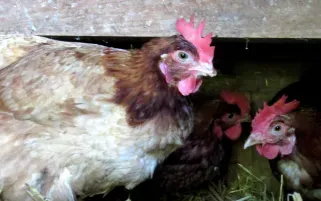
This image is property of i0.wp.com.
Creating a Safe and Suitable Hen Coop
Creating a safe and suitable hen coop is essential for the well-being of your rescue hens.
The coop should provide sufficient space and protection against weather elements and predators.
Ensure that it is well-ventilated, insulated, and secure, with appropriate roofing materials and sturdy fencing.
It is also important to provide clean bedding, such as straw or wood shavings, as well as perches, nest boxes, and fresh water for your hens’ comfort.
Feeding and Watering Rescue Hens
Proper nutrition and hydration are fundamental to the health and happiness of your rescue hens.
Implement a feeding routine that includes a balanced diet of commercial layer feed, supplemented with fresh vegetables and occasional treats like fruits or grains.
Hens require access to fresh water at all times, so ensure they have easy access to clean drinking water.
Regularly monitor their food and water sources to ensure they are always well-fed and hydrated.

This image is property of henrescue.org.
Providing Veterinary Care for Rescue Hens
Just like any other pets, rescue hens may require veterinary care from time to time.
Establish a relationship with a local avian veterinarian who can provide routine check-ups, and vaccinations, and address any health concerns that may arise.
See also Fresh Chicken Eggs for Sale
Regularly inspect your hens for signs of illness or injury and seek veterinary advice if needed.
Prevention is key, so ensure your hens are up to date on necessary vaccinations and maintain a clean and hygienic coop environment to minimize health risks.
Introducing Rescue Hens to Your Existing Flock
If you already have a flock of hens, introducing your rescue hens should be done gradually to minimize potential conflicts.
Hen dynamics can be complex, and existing hens may establish pecking orders or display territorial behaviors.
It is recommended to set up a separate area within the coop initially, allowing the rescue hens and existing hens to see and interact with each other through a wire barrier.
This way, they can gradually acclimate to each other before integrating fully.
Monitoring and Evaluating the Health of Rescue Hens
After the adoption of your rescue hens, it is crucial to continuously monitor and evaluate their health. Watch for any signs of illness, such as changes in appetite, energy levels, or feather condition.
Regularly check their feet, beaks, and vent areas for any abnormalities. Maintain a vigilant eye on their behavior and interactions within the flock.
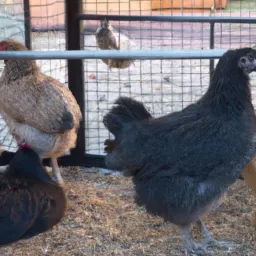
A happy and healthy rescue hen will exhibit active and sociable behavior, with a shiny coat of feathers and bright eyes.
Enjoying the Rewards of Hen Adoption
Adopting rescue hens is a heartwarming experience that comes with numerous rewards.
These feathered friends provide companionship, entertainment, and fresh eggs if they are of a laying breed.
Observing their unique personalities, gentle clucking, and amusing antics can bring immense joy and a sense of fulfillment.
The knowledge that you have made a positive impact on their lives by providing a loving home is a reward in itself. Cherish the bond you form with your new feathered companions and enjoy the countless benefits they bring to your life.
In conclusion, adopting rescue hens is a noble act that not only transforms the lives of these incredible creatures but also enriches your own life.
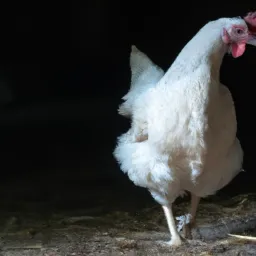
From understanding the importance of hen rescue to preparing your home, providing proper care, and integrating them with existing flocks, each step in this guide is meant to ensure a smooth and successful adoption process.
By following these guidelines and showering your rescue hens with love and care, you are setting the stage for a beautiful journey of compassion and happiness.
